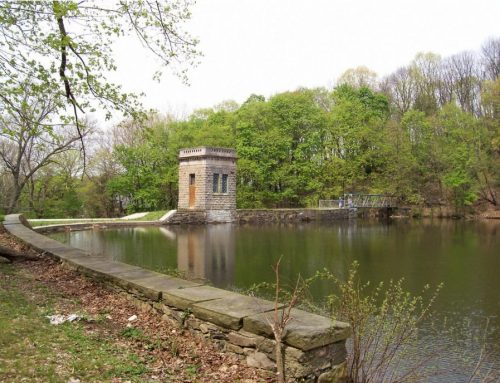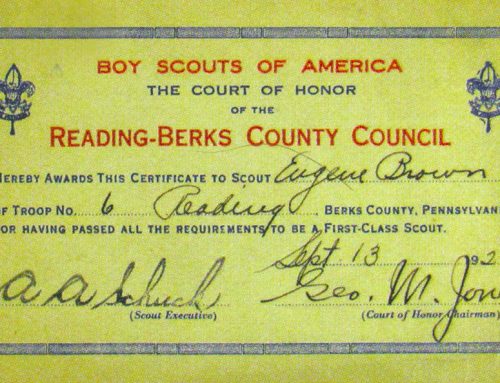On the morning of July 5, 1904, 200 children waited in the hot morning sun outside the gates of the large yard of what dad been “House of the Good Shepherd” at 4th and Pine Streets. Finally, at 8:30, the gates were opened and the children made their way onto the grounds, where waiting for them were swings, a may pole, seesaws, teeter totters, what the Reading Times referred to as a “sand pen,” and a number of other toys, plus an abundant amount of shade from the trees on the property.
Readings first playground was officially open for business.
The headline in the next day’s Reading Times proclaimed, “Children delighted with the enterprise shown by the Civic Department of the Woman’s Club.’ In fact, the “enterprise” that was so well received that morning began with a resolution calling for creation of playgrounds. Spearheading the Women’s Club’s initiative was the committee’s head, Miss Blanche Zieber, who worked hard for the next four years to make the resolution become a reality.
Although initial public support was described as “lukewarm,” eventually Zieber was successful in getting the community behind the project. A major step was achieved when Monsignor George Bornemann, Rector of St. Paul’s Parish, agreed to let the property at 4th and Pine Street to the city, rent free.
Local businesses contributed the materials for the playground equipment and toys. The playground operated Monday through Friday from 8:30 to 11:30 a.m., then from 2:00 to 5:00 p.m. Its operation would be supervised by volunteers from the Civic Committee Women’s Club, which also hired leaders, paying them with the proceeds from rummage sales conducted over the summer.
The price of admission was that any child entering had to have clean hands and face. Zieber, among the women supervising the children that first day, observed, with obvious pride, that, every child’s face and hands were clean.
Starting the next summer and for the next ten years, playgrounds opened at about the rate of one per year. In 1910, a formal playground association was started by interested parents and supporters, and a wading pool was opened with funds raised. The Women’s Club and other volunteer organizations managed the playgrounds until 1920, when that function was assumed by the city.
The number of playgrounds continued to grow, reaching a peak of 44 in 1971. The quality of Reading’s playgrounds and the city’s Recreation department received a top rating from the National Recreation Association. Officials from other cities, including cities in Germany, came to observe it to improve their own programs. Students from Penn State and other universities participated in the program as interns.






